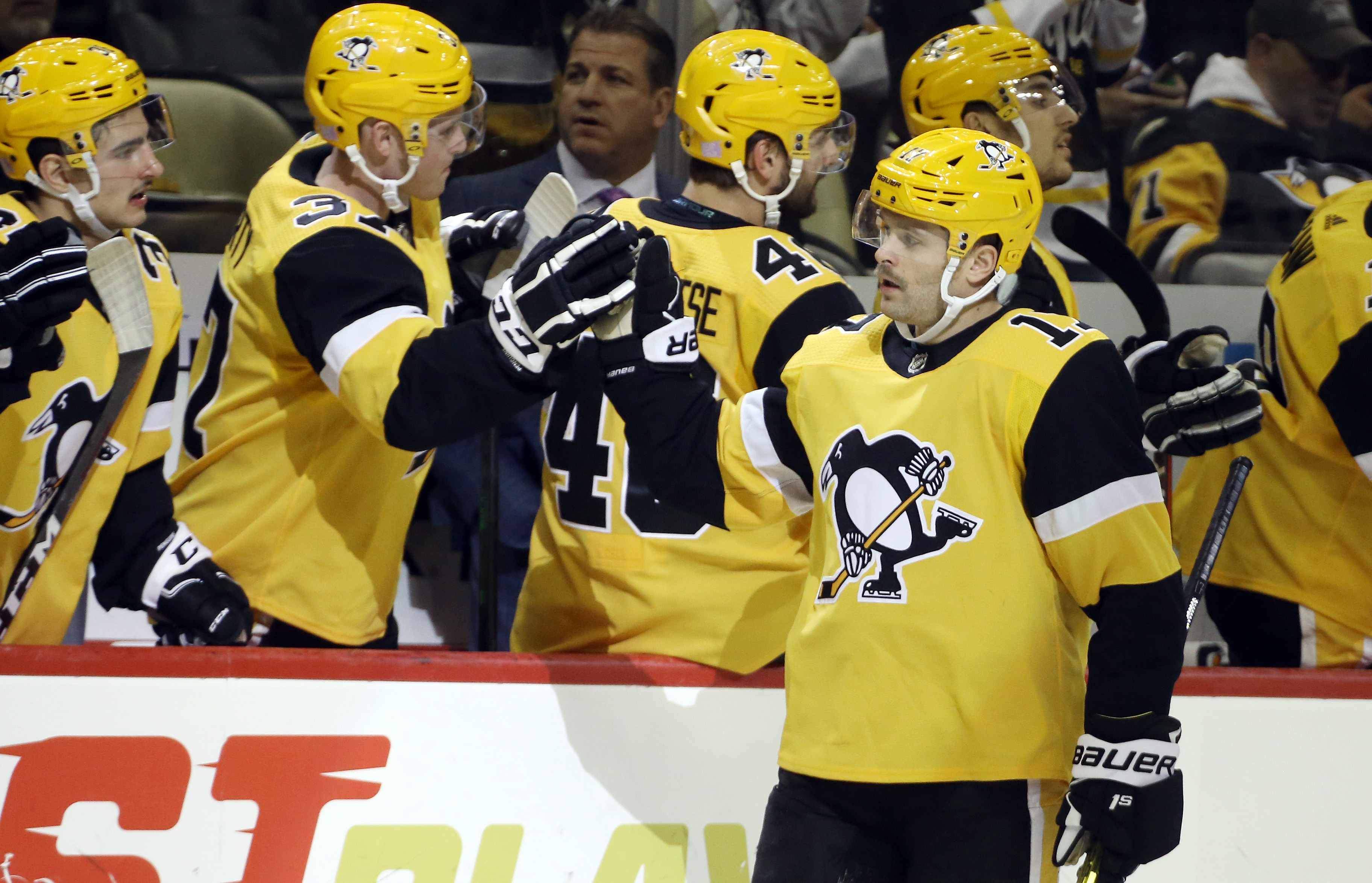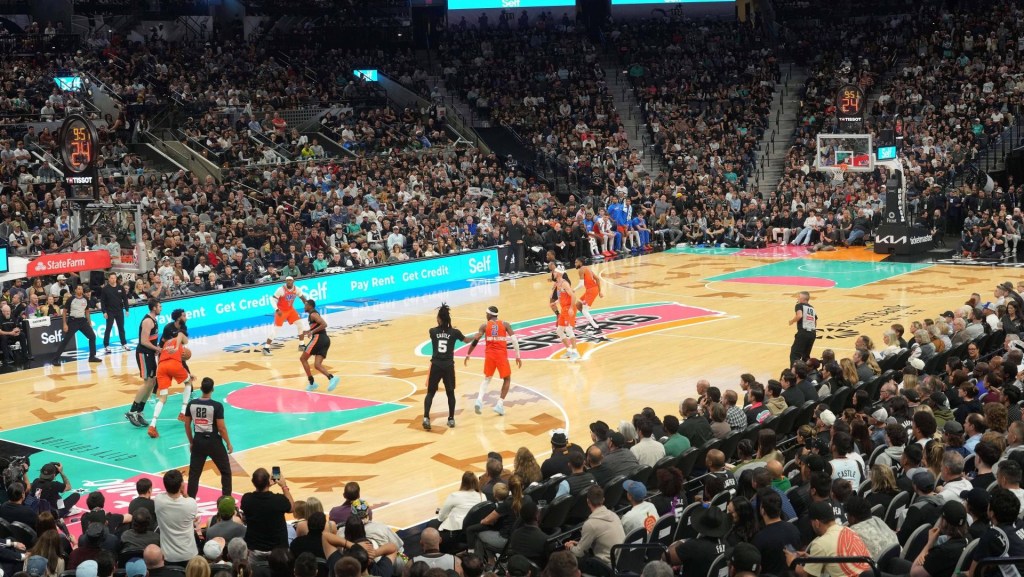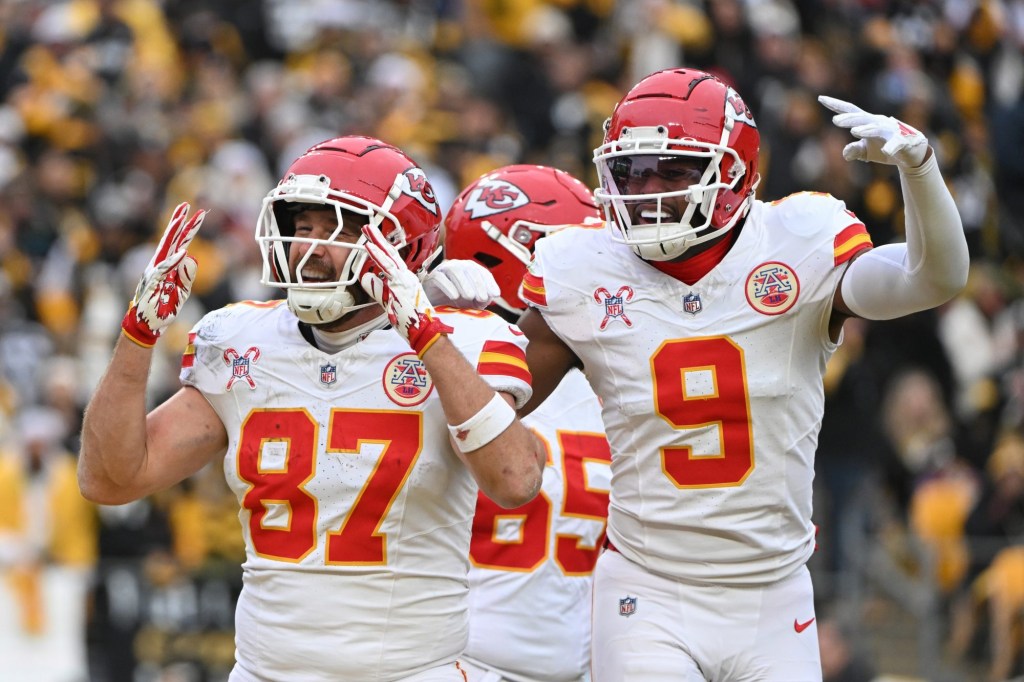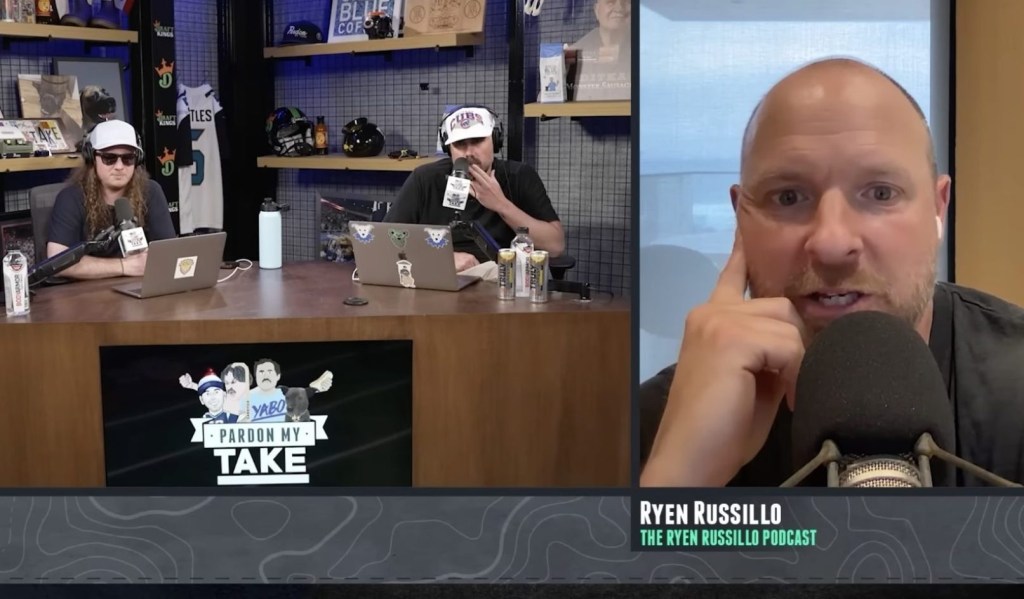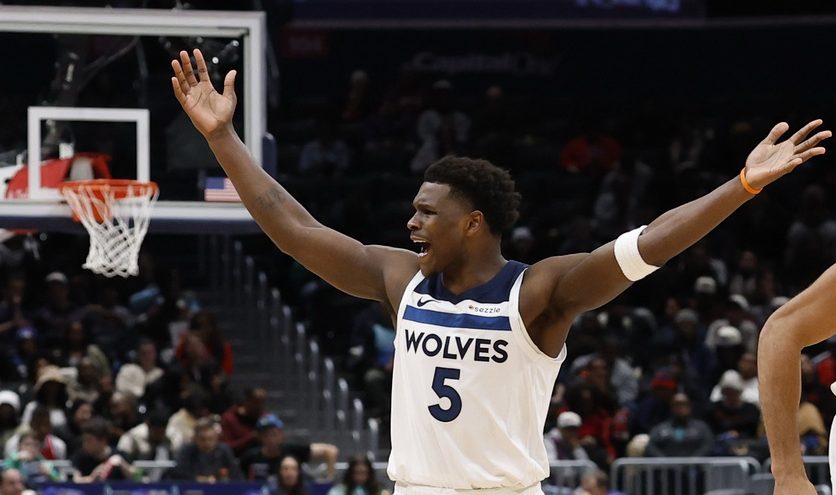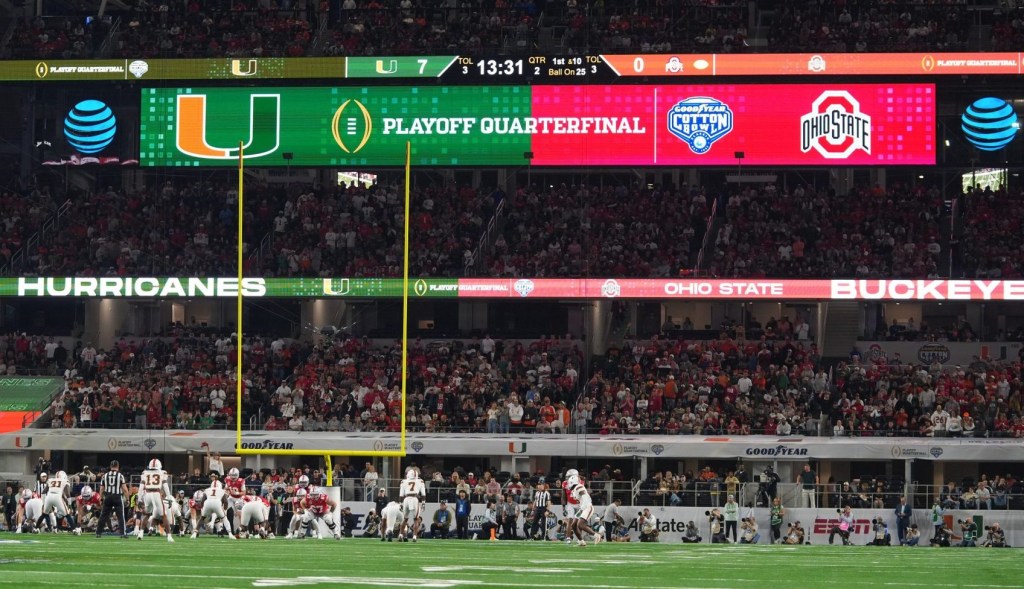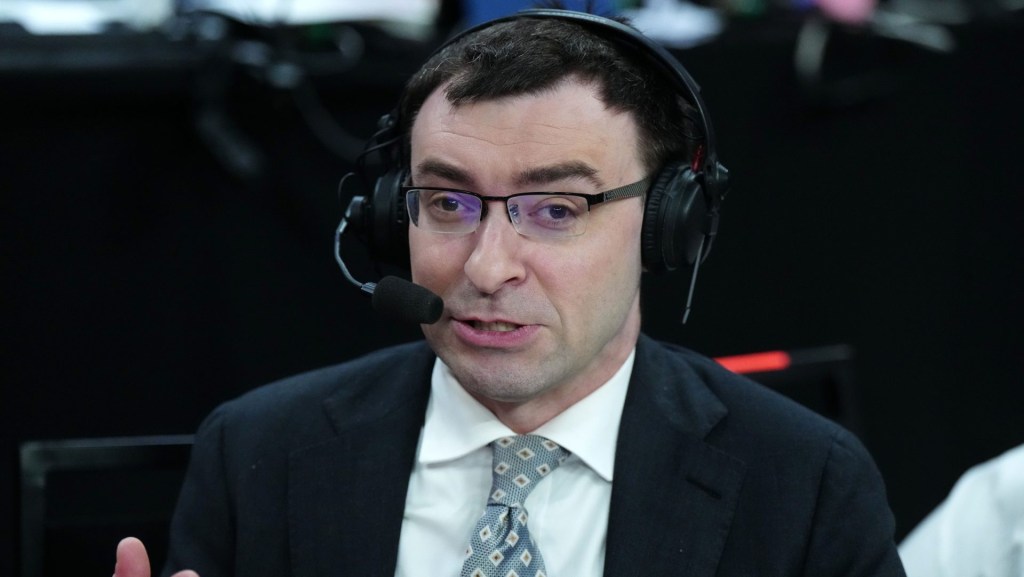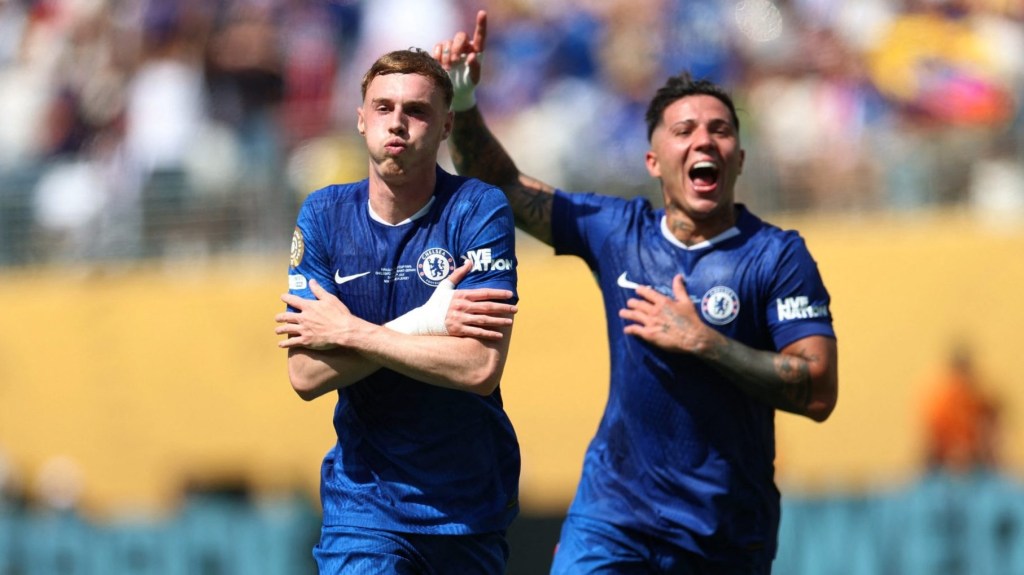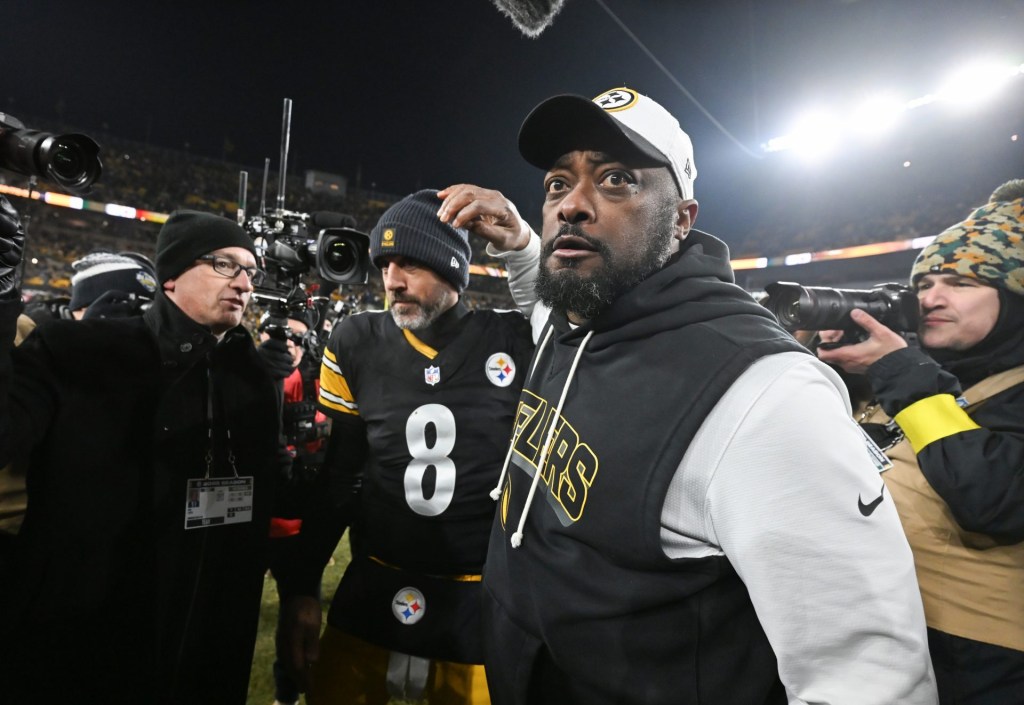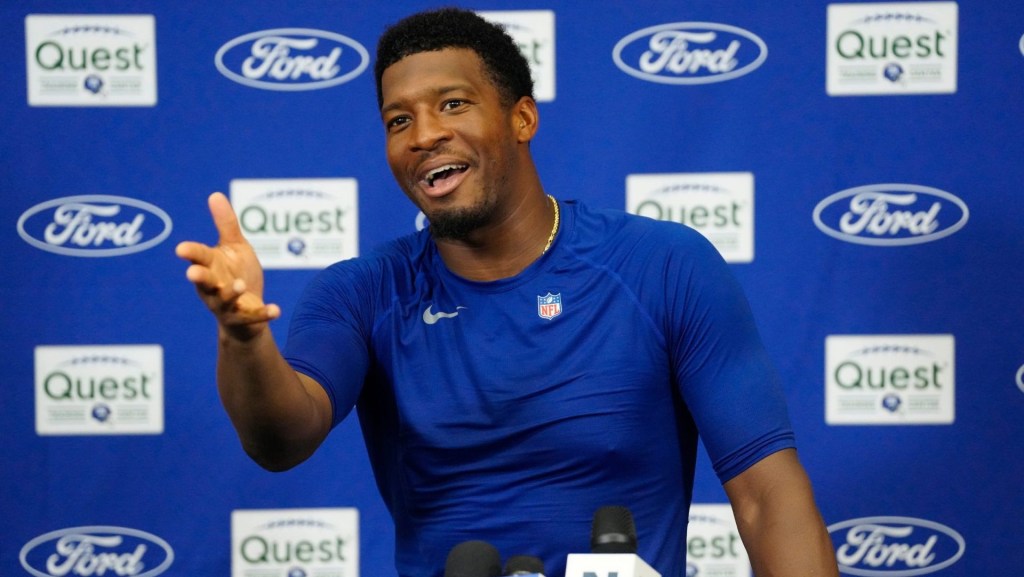For years, Leo McCafferty wanted the Pittsburgh Penguins to expand their social media reach to YouTube. The Penguins’ senior director of marketing and content, McCafferty was hoping to see that come to fruition last year when he attended a conference hosted by the Google-owned platform.
Heading into the event, McCafferty expected YouTube to talk about how it’s a place for people with short attention spans. However, after hearing from executives that a person’s average “dwell,” or watch time, on the app was over 60 minutes, he instantly thought about how the team could lean into it..
Given the Penguins’ interest in producing long-form content, McCafferty and his staff began working towards adding YouTube to their social media repertoire. They rolled out the team’s first-ever video on July 11 before formally launching a YouTube channel on October 4. That channel features everything from current player content to Stanley Cup documentaries and PensTV archives.
“This is a platform that will engage audiences for over an hour – and we produce a lot of long-form content,” McCafferty said. “That has been very well received both internally and externally, and it just made too much sense not to have a digital platform or a social channel where we could provide our fans with all of this content that we produce.”
Since its inception, the Penguins’ YouTube channel has seen rapid growth. As of November 18, they have posted 162 videos on the platform. When the team first posted in July, their first 20 videos averaged only 87 views per video, according to Conviva, which specializes in global streaming and social media intelligence.
But over that stretch, the Penguins have amassed nearly 6,450 YouTube subscribers – with roughly 4,700 coming in October alone.
On social media apps like Facebook, Instagram, and Twitter, a person needs to follow an account to immediately receive notifications about recent posts. With YouTube, the beauty of it lies in its ability to bring the latest videos to anyone – even those who aren’t subscribers, said McCafferty. Courtesy of YouTube’s algorithm, the Penguins can use certain keywords to tag their videos in a way that visitors, whether or not they’re fans, can see the content.
Thus far, the Penguins have not been shy in producing lengthier YouTube videos. On October 2, Pittsburgh released, “Pittsburgh is Home – Fifty Years of the Pittsburgh Penguins.” A documentary detailing the Penguins’ team history, it has a runtime of two hours and 48 minutes – and can only be successful on a platform like YouTube, said McCafferty.
There are more examples of the Penguins experimenting with longer-form videos. Since joining YouTube, the team has created documentaries remembering each of their five championship years – 1991 1992, 2009, 2016, and 2017. Each video ranges in length from 58 minutes to one hour and 17 minutes.
On October 12, the Penguins debuted their ninth season of “In The Room,” which McCafferty describes as a behind-the-scenes look on the hockey team. Since it first aired in 2011, In The Room has been honored as the “Best Sports Program Series” at the Mid-Atlantic Regional Emmy Awards for six consecutive years. In 2019, it also picked up an Emmy for the best “Editor-Program.”
With more than 65,300 video views, Pittsburgh’s season premiere of “In The Room” has quickly become its second-most viewed YouTube on video. It trails only “Merci Sidney,” which followed Sidney Crosby as he traveled to Rimouski, Quebec, to celebrate the retirement of his number 87 from both his former junior team and the entire Quebec Major Junior Hockey League. As of November 20, Merci Sidney has over 97,000 views on YouTube.
“We still have a few more releases that we’re going to put out over the next couple of weeks that will hopefully highlight the channel and bring some more folks onto the channel to subscribe and just check out all the good content that we have there,” McCafferty said.
READ MORE: Being The “Voice Of The Fans” Helps Ravens Reach One Million Instagram Followers
With 63 videos in October, the Penguins were able to garner nearly 3,200 views per video, according to Conviva.
Another team that saw similar engagement that month was the Washington Capitals.
Despite releasing only 10 videos in October – the third fewest of any NHL team on YouTube – the Capitals totaled 263,840 views, according to Conviva. Of Washington’s recent videos, they tended not to feature any game footage or post-game player interviews, focusing more on vlogs, nostalgia, behind the scenes and documentary-type videos.
Unlike the Penguins, the Capitals were one of the first NHL teams to join YouTube when it posted its first video on January 25, 2007. As of November 18, it has published 530 videos and accumulated over 34,700 subscribers, according to Conviva.
Similar to the Penguins’ approach on YouTube, the Capitals look to get their videos seen by a multitude of audiences, said Capitals Senior Director of Digital Media James Heuser. When people type in Washington Capitals into the YouTube search bar, he wants to make sure that they have a notable presence to keep them interested in viewing their videos – with the hopes of turning them into subscribers.
“We see subscriber platforms being a nice way to share content where stuff shows up on people’s computers almost with little to no promotion on other social networks,” Heuser said. “We’ve been on YouTube for a long time. It’s a platform we use, and certainly one that we cherish and we focus on making sure that it stays up to date. But we don’t necessarily have an outwardly different policy – outside of just making sure that the content is the best of the best.”
READ MORE: Golden State Warriors Quickly Find Success On TikTok
Over time, McCafferty’s main focus is making sure that he and his team are producing quality YouTube content for Penguins fans to see. While he is nonetheless impressed with the 6,400-plus subscribers, that to him is not the biggest indicator of the team’s growth on the platform.
“We can reach people who aren’t coming to us – and this is just another layer to that,” McCafferty said. “We are proud of the video content that we put out here, we have done some great stuff over the years and we have some exciting stuff planned for the future.”
“We think that with the help of our fans and with the help of YouTube and its algorithm, it will just help strengthen our brand and bring our product to more eyeballs – which is the goal,” McCafferty added.
